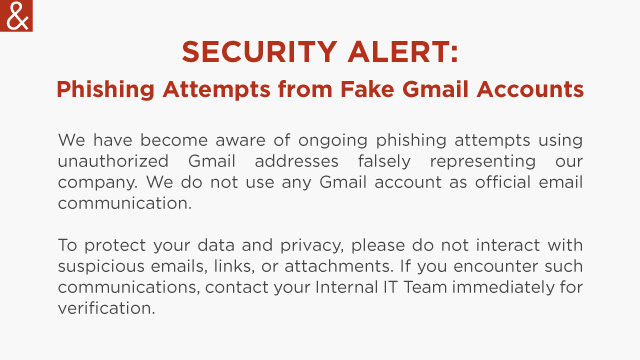Security Alert

Partner
LEARN MORESenior Associate
LEARN MOREOn 14 December 2020, the European Commission (EC) published its report (the “Report”) on the implementation of the Antitrust Damages Directive, namely Directive 2014/104/EU (the “Directive”), as per Article 20(1) of the Directive. According to the same Article (para. 3), the Report, if appropriate, should be accompanied by a legislative proposal; however, an amended Directive has been out of the question at least for now.
In its Report, the EC draws positive conclusions as to the consistent implementation of the rules of the Directive and highlights that no systemic issues were revealed. It, nevertheless, notes that, as of the implementation of the Directive by all Member States, sufficient evidence, which would allow it to carry out a meaningful and substantive evaluation of the implementation of the Directive, has not become available mainly due to the considerable backlog of transpositions in most Member States[1].
For instance, in Greece the Directive was only implemented in 2018 by virtue of Law 4529/2018. Consequently the EC had to slightly change the initial scope of the Report, which now focuses on merely assessing the first indications of the impact of the Directive, providing an overview of the implementation of the main rules of the Directive in the Member States; it, therefore, falls short of a substantial report on the actual impact of the Damages Directive.
To be noted that, as per the Report and the sources further referred to therein, the number of damages actions brought before national courts for competition law infringements has significantly increased after the adoption of the Proposal for the Directive, a fact indicating that in the post adoption era antitrust damages actions indeed became much more widespread[2]. At the same time, national courts have referred to the CJEU an increasing number of questions relating to damages actions for infringements of Article 101 TFEU or 102 TFEU, which shows that private enforcement of EU antitrust law has become increasingly relevant since the adoption of the Directive[3].
The two pivotal goals of the Directive are (i) to ensure that anyone, who has suffered harm caused by an infringement of antitrust law, can effectively exercise the right to claim full compensation for that harm, and (ii) to fine-tune the interplay between private damages actions and public enforcement of the EU antitrust rules by the Commission and national competition authorities.
Taking into account that the Directive’s substantive scope of application is limited to cover only damages actions and infringements of Article 101 or 102 TFEU (or of equivalent national competition law that is applied in parallel), it stems that Member States are free to go beyond and extend the scope of the application of the Directive. To this end, the Report points out the following outcomes with respect to the implementation of the rules of the Directive across the Member States:
As per the Report during the post-implementation era, the EC has proceeded with various actions that safeguard the effectiveness of the Directive, inter alia, through the adoption of two communications, namely the Passing-on Guidelines and the Communication on the protection of confidential information by national courts in proceedings for the private enforcement of EU competition law (Confidentiality Communication), to provide guidance on specific issues of private enforcement.
Overall, the Report lacks of a profound and on-the-merits assessment of the Directive’s implementation, whilst it also fails to address several provisions, such as Article 11 on joint and several liability, and Articles 18 and 19 on consensual dispute resolution and settlements. As stated above, it seems that due to the late transposition of the Directive by the majority of Member States, sufficient data, which will allow for a substantial study by the Commission, will only become available in the near future. This delay will inevitably leave space for gaps, inconsistencies or even grey zones in the private enforcement of competition law among Member States; some of them will be associated with the quantification of harm and the facilitation of collective actions in cases related with competition law infringements.
[1] The Report attributes the lack of sufficient evidence also to (a) the fact that the national measures implementing the substantive rules of the Directive applied, at the earliest, as of the date when the respective national implementing measures entered into force and not retroactively, (b) the variation in the temporal scope of application of the rules to be implemented among Member States, (c) the lengthy and complex proceedings of damages actions, and (d) the fact that damages actions are often lodged only once a national competition authority has investigated and eventually found an infringement.
[2] One study referred to in the Report indicates that the cumulative number of cases, by date of first judgment, was approximately 50 at the beginning of 2014 and, after a sharp increase, amounted to 239 in 2019, coming from 13 Member States, among which 2 from Greece.
[3] Since the adoption of the Directive, the CJEU has delivered six decisions in proceedings relating to references for a preliminary ruling answering questions relating to damages actions for infringements of Article 101 TFEU or 102 TFEU.